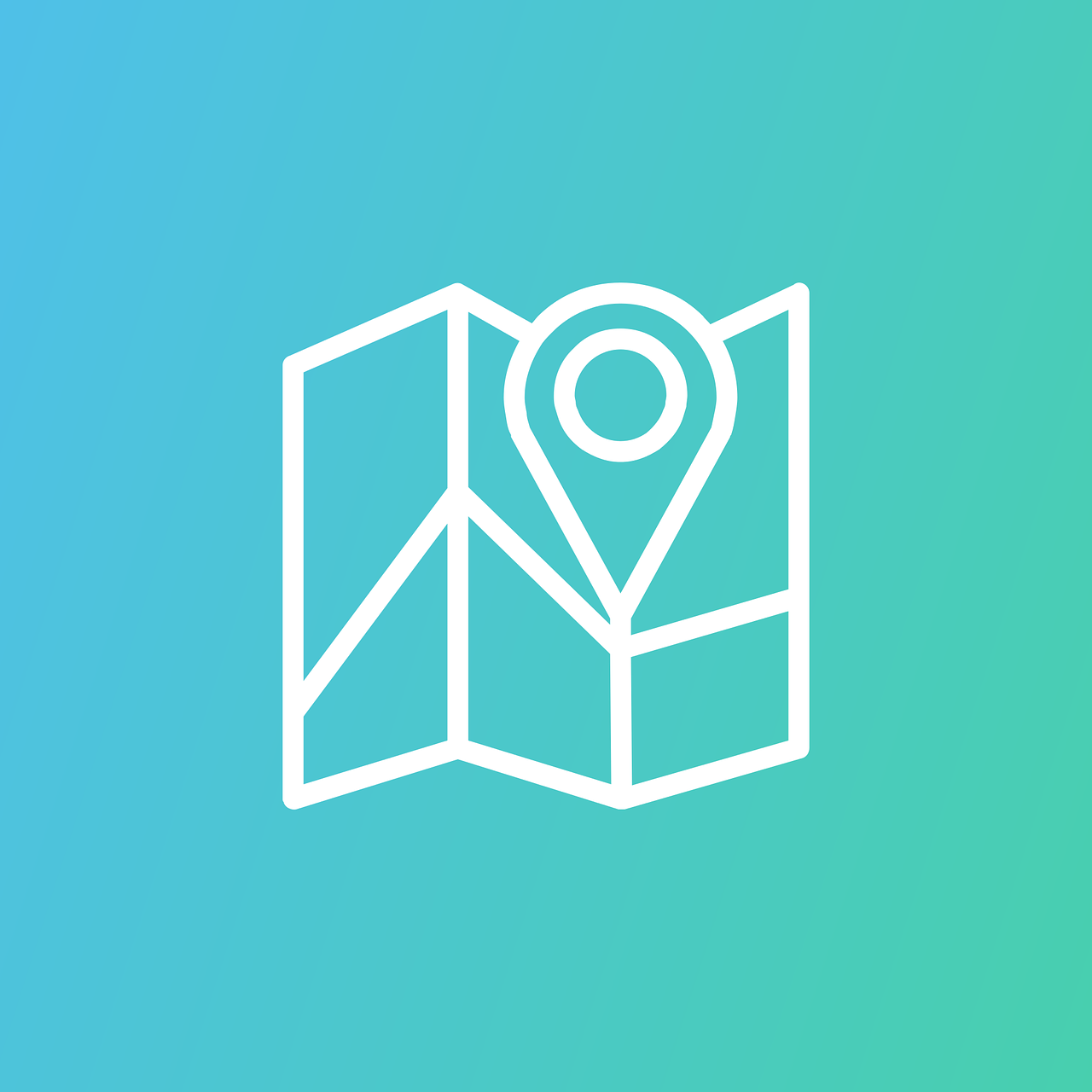Do a search for any type of business on Google and tell us what you see. It doesn’t matter if it’s for a Mexican restaurant, auto insurance agent or digital marketing agency, there’s one feature that remains consistent across each search.
It’s called the local pack.
The local pack is the listing of three local businesses that Google feels most closely match the users search query. There’s a complex set of metrics and analytics involved, but one thing’s for certain: a local pack listing is key to your business’s survival.
First the pressure to rank on page one, and now this?
The good news is that ranking in the local pack isn’t difficult when you’re already invested in a solid digital marketing strategy. It’s all about small adaptations that d make a world of difference in driving local traffic.
Here are seven of the most effective strategies to get your business ranked in the local pack today.
1. Google My Business
Google My Business (GMB) is a free tool that helps local business manage their digital presence on Google. GMB is the box that appears in search results that includes a businesses name and other crucial information, such as location, maps, contact information, hours and reviews. In other words, GMB is essential. In fact, it’s pretty much impossible to rank without it.
There’s no real magic needed to optimize a GMB page. To get started, all you need to do is claim it. Unfortunately, too many businesses ignore this step and end up missing out huge.
Once you claim your GMB page, the priority is to fill it out completely and accurately.
- All vital information needs to be complete and consistent with other online directories.
- The more information you add about your business, the harder GMB works to build your SEO.
- Adding images will increase engagement and direct more traffic to your website.
2. Local Ratings
Ninety-two percent.
That’s the percentage of people that check online reviews before purchasing from a local business. Customers are also more likely to trust what they read online over a personal recommendation. It might seem backwards, but it’s all about simple math. A personal recommendation is one person’s point of view. Online reviews present the opinions and experiences of a much broader audience.
Reviews give your business credibility, authenticity and a trust factor, but building a reputation is a two-step process. First, you need to generate reviews. But, secondly, and equally important, is responding to the reviews you have.
It’s key to have a reputation management strategy in place. This starts by checking your online reviews often and responding to them. This is one spot where you can really showcase your customer satisfaction skills in the public eye and boost local SEO in the process.
3. On Page Signals
On page signals are features of your webpages that influence SEO and local search rankings. A key step to optimizing rankings is to go back and reevaluate if your pages are working hard to produce results for your local market.
As a local business, your pages should be designed with the local customer in mind. Here are a few quick strategies.
- Optimize the use of local keywords. For most businesses, this means including location specific keywords and phrases in their content, as well as in headlines and meta descriptions.
- Provide content that’s valuable to your local market. Remember, your target should be the person who is most likely to convert to a paying customer. Produce content that’s relevant and shareable to the local customer by focusing on local interests and events.
- Check your loading speed, which is especially important for the local mobile customers. Aim for under 3 seconds.
- Keep contact information easy to find on your pages, including a map.
4. Local Link Building
Link building at a local level is a great strategy for positioning yourself in the local pack by getting more attention and love from an even broader audience.
Local link building tells customers, and search engines, that you have the support of other businesses in your community. Here are 3 techniques to try.
- Create a blog post featuring relevant local businesses and link to their sites. Contact them and ask them to share the piece on social media.
- Connect your business with a local influencer and ask that they share your link in their content.
- Show some love. Post on social media about your favorite local businesses and make sure they know about it. Chances are they’ll say thank you with a link to your page.
5. Directory Submissions
We’ve already mentioned the importance of GMB in local pack rankings. But, if you’re limiting your directory presence to just GMB, you’re missing out. Here’s why:
Other directories like Yahoo! and Bing are important to your rankings, even on Google. Google uses a set of complicated metrics to determine your ranking worthiness. Consistency across multiple directories is one of these metrics. If you have 5 directory submissions, and your profile information is consistent across each of them, this provides credibility.
Think of it as building credit. The more times you have proven that you’re consistent and trustworthy, the more people – or in this case, Google – is willing to invest in you.
6. Location
The number of local searches made from mobile devices now exceeds the number from desktops. It’s important to remember that mobile customers are often…mobile. They’re out and about, and more likely to rank at your door.
Google wants to provide the best UX, so they make it super easy for mobile users to find the businesses that they’re closest to at the time of search. Proximity of address to point of search and physical address in city of search are #1 and #2 in local pack finder factors.
The thing is, Google isn’t a mind reader, so it needs a little help from you. Make sure your local listings are accurate, but also include the name or your city or neighborhood into headlines and meta descriptions to help Google find and place you in the local pack.
7. Keyword Modifiers
You already know that keywords are a critical part of search engine optimization. But for local search, you need to go a little deeper and dig into keyword modifiers.
Keyword modifiers are words added to your keywords and key phrases that help adapt your SEO to local searches. For example, a pizza restaurant might use the keywords “best pizza”. However, their local market might add in the words “near me”, or include a local specialty like “best Chicago style pizza near me”.
Adopt a laser focus when searching for keyword modifiers and look at your successful competition for inspiration. Find out how your local market is conducting their searches and use it to your advantage.
Ranking in the local pack is the most effective way of generating local traffic. Local optimization needs to be a part a successful digital marketing strategy. When you’re ready to optimize local search, we want to be the experts you trust. Contact the SEO experts at Knowmad, and let us help you build a future.
Diona Kidd
As Head of Operations, Diona focuses on building Knowmad into a more valuable business by creating clarity around what we sell, how we sell it, and how we fulfill our promises to clients.







